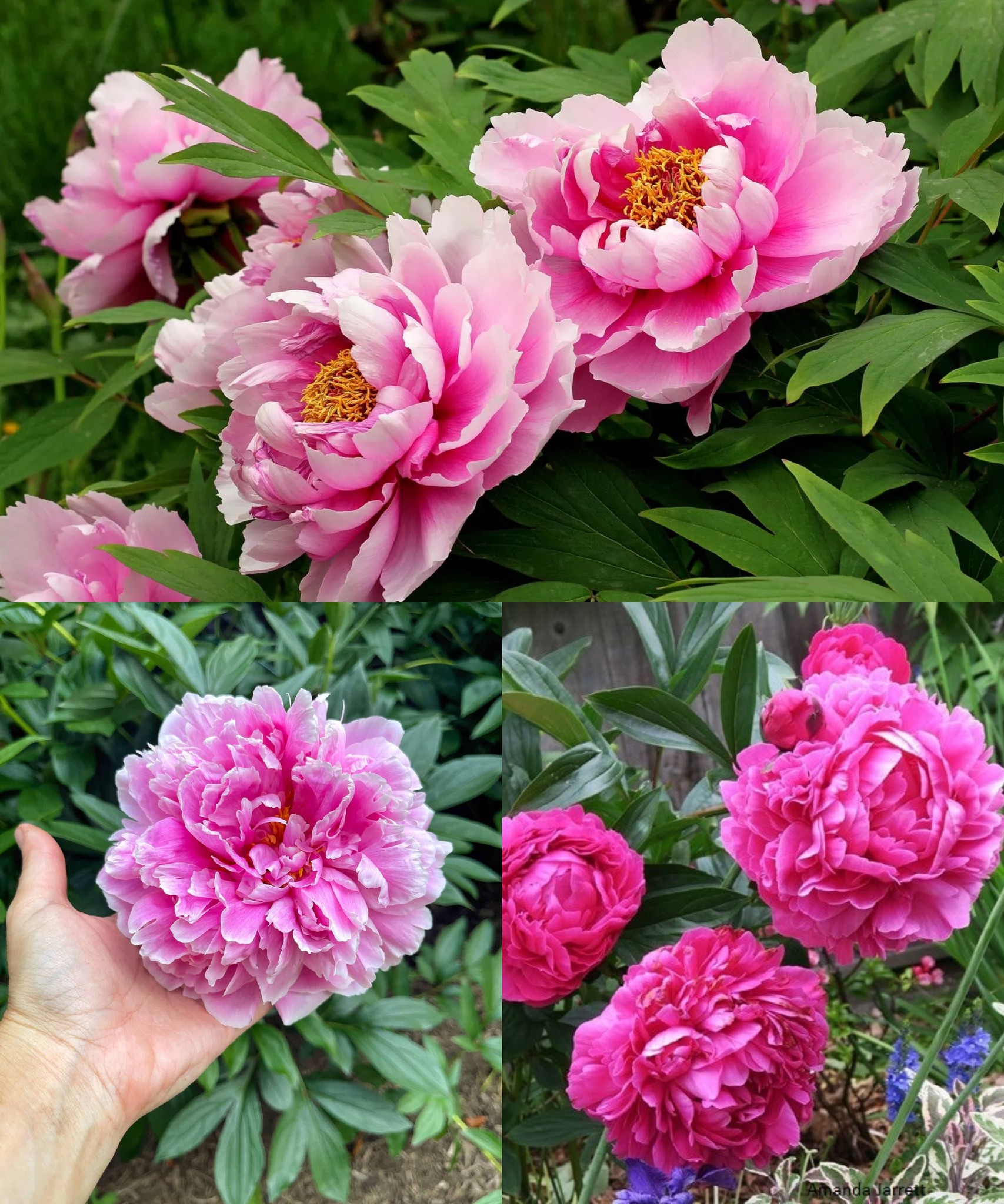Chinese peonies, known scientifically as Paeonia lactiflora, are renowned for their exquisite beauty and captivating fragrance, making them a cherished addition to gardens around the world. Propagating and growing Chinese peonies can be a rewarding endeavor, allowing enthusiasts to enjoy their stunning blooms year after year. In this comprehensive guide, we’ll explore how to propagate, grow, and care for Chinese peonies, ensuring they thrive and flourish in your garden.
Propagation:
- Division: The most common method of propagating Chinese peonies is through division. This process is best done in the fall when the plant is dormant. Carefully dig up the peony clump, taking care not to damage the roots. Use a sharp knife to divide the clump into smaller sections, ensuring each division has several healthy eyes (buds) and a portion of the root system.
- Cuttings: While less common, Chinese peonies can also be propagated from stem cuttings. Select a healthy stem with several leaf nodes and cut it into sections, each containing at least one node. Remove any lower leaves to expose the nodes. Plant the cuttings in a well-draining potting mix and keep them moist until roots develop.
Growing Chinese Peonies:
- Site Selection: Choose a planting site for your Chinese peonies that receives full sun to partial shade. Ensure the soil is well-draining and rich in organic matter. Peonies prefer slightly acidic to neutral soil pH.
- Planting: Dig a hole that is twice as wide and deep as the peony’s root ball. Place the plant in the hole, spreading out the roots, and backfill with soil. Water thoroughly to settle the soil around the roots.
- Spacing: Space Chinese peonies at least 3 to 4 feet apart to allow for adequate airflow and prevent overcrowding.
- Watering: Water newly planted peonies regularly to keep the soil consistently moist but not waterlogged. Once established, they are relatively drought-tolerant but benefit from occasional deep watering during dry spells.
- Fertilization: Chinese peonies are light feeders and generally do not require much fertilizer. However, applying a balanced, slow-release fertilizer in early spring can promote healthy growth and blooming.
Care:
- Mulching: Apply a layer of organic mulch around the base of the plants to conserve moisture, suppress weeds, and insulate the soil.
- Support: As Chinese peonies produce large, heavy blooms, they may require staking or support to prevent the stems from bending or breaking under the weight of the flowers.
- Pruning: Remove spent blooms after flowering to encourage more blooms and prevent seed formation, which can divert energy away from the plant.
- Pest and Disease Control: Chinese peonies are relatively pest and disease-resistant but may occasionally be affected by issues such as powdery mildew or botrytis. Maintain good airflow around the plants and remove any diseased foliage promptly to prevent the spread of infection.
- Winter Care: In colder climates, provide winter protection for Chinese peonies by applying a layer of mulch around the base of the plants to insulate the roots from freezing temperatures.
By following these guidelines for propagation, growing, and care, you can enjoy the beauty and elegance of Chinese peonies in your garden for years to come. With their stunning blooms and timeless charm, these enchanting flowers are sure to captivate the hearts of all who behold them.
